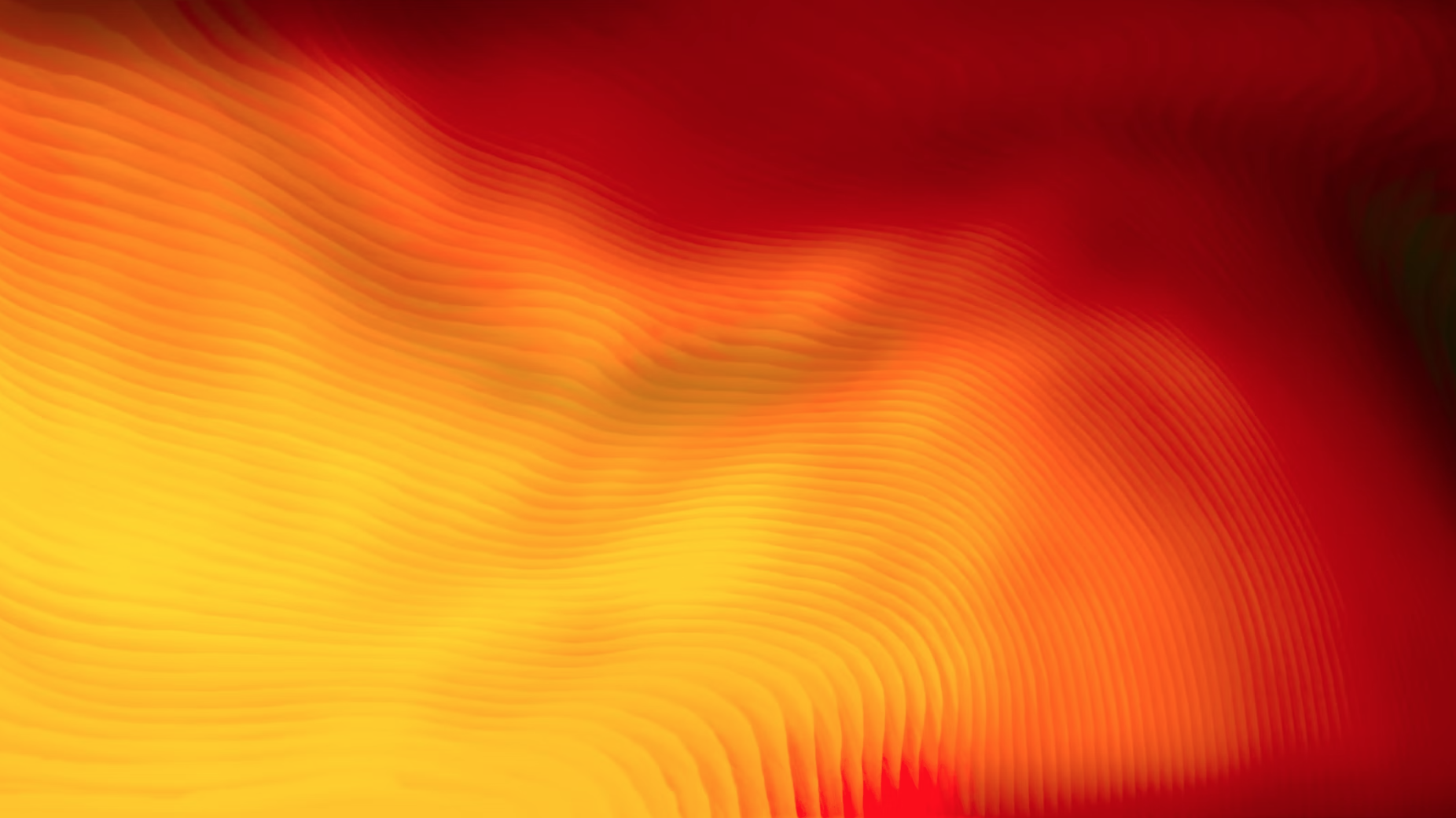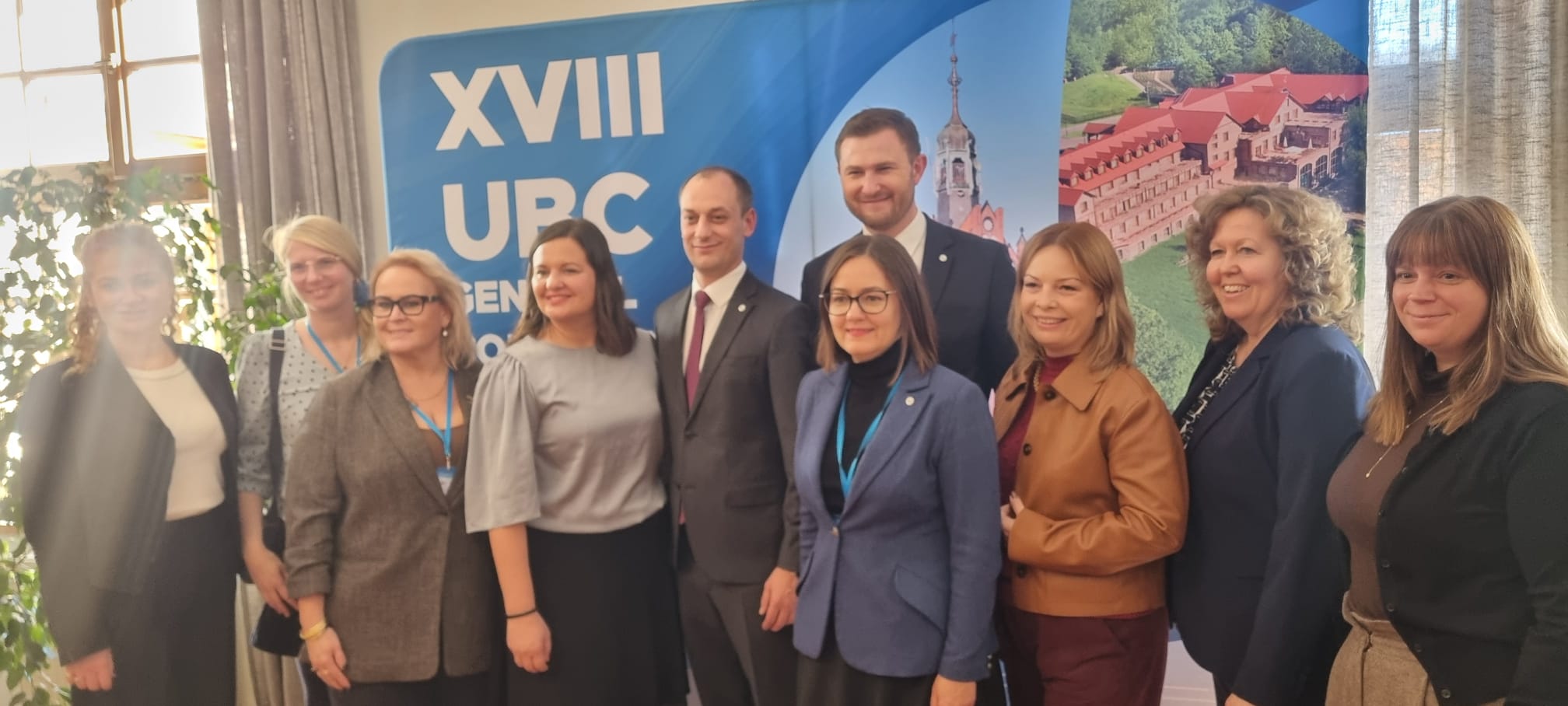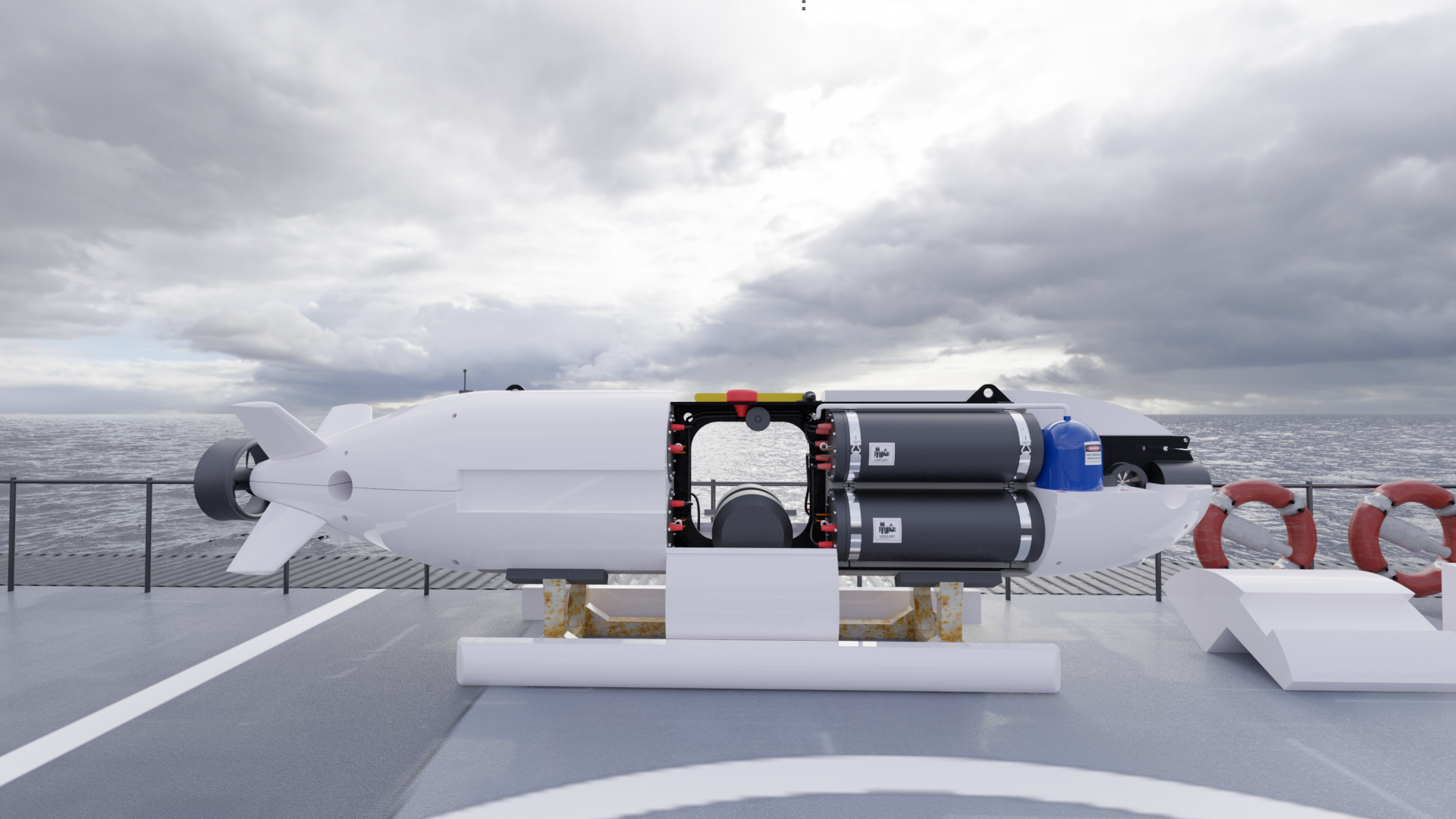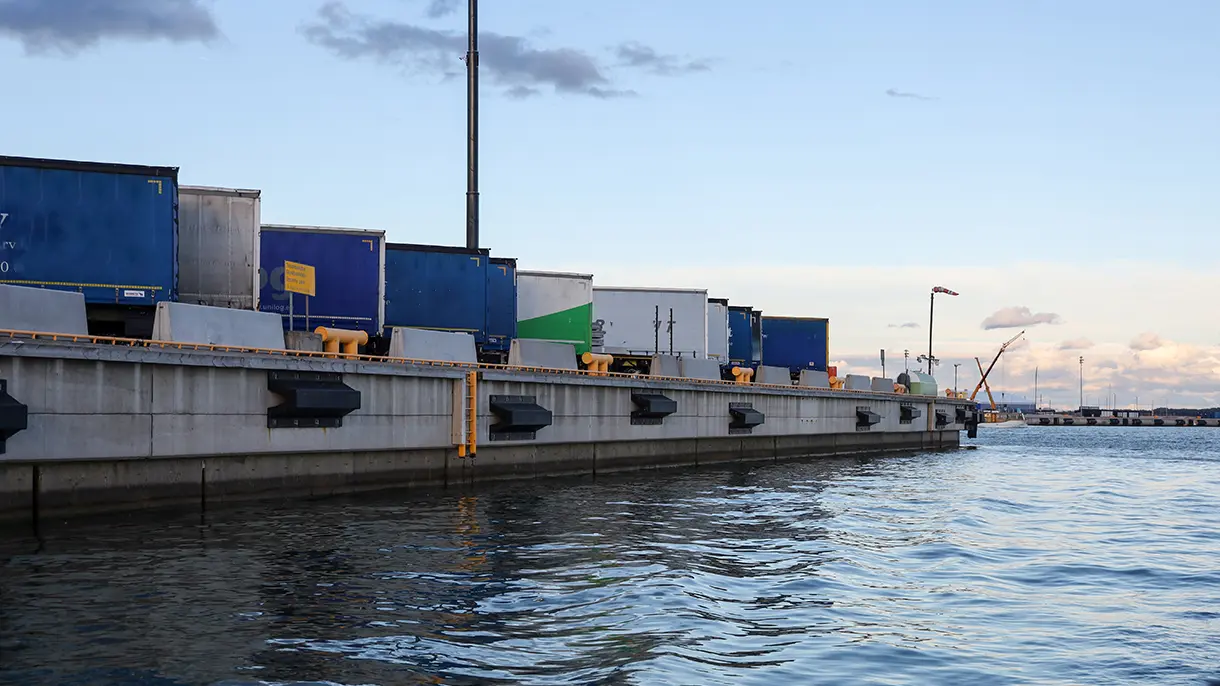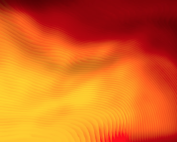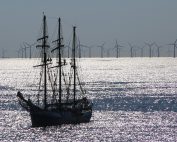The Baltic Sea is poised to become a major hub of offshore wind farm development in the coming years. With Germany already operating its first offshore wind farms and Poland planning to install between 30 to 70 GW of capacity by 2040, the region is set for significant growth. Understanding the mutual impacts of these developments on the business case and the warranted wind turbine lifetime is crucial. Erik Holtslag, Senior Wind Resource Expert at Pondera Consult, recently highlighted these issues on LinkedIn.
To better understand these impacts, Whiffle and Pondera have conducted a Large Eddy Simulation (LES) for the Polish Baltic Sea, envisioning a scenario in 2040. This simulation encompasses up to 32 GW of planned future projects, incorporating over 2100 NREL-15MW wind turbines within a domain of more than 370 x 155 km at a 120m resolution.
Significant Findings from the Simulation
Holtslag emphasized the importance of these findings, stating, “Clearly visible in the model output are the large effects that the wind farms have on the overall wind flow. No longer do wakes limit themselves to several kilometers behind the projects, but even in unstable weather conditions, the amassed wake effects encompass the entire clusters and stretch for easily over many dozens of kilometers.”
The simulation also revealed a phenomenon known as global blockage, where wind speed decreases before reaching the first wind turbines. “It can also be observed that the wind speed decreases before it reaches the first wind turbines, this is also referred to as global blockage,” Holtslag noted. “The flow is diverted around the wind farm causing speed-up effects between the clusters.”
Additionally, the influence of the island of Bornholm on wind flow was significant. Holtslag explained, “Another nice finding is that the island of Bornholm has a clear effect on the wind flow. You can see the thermal mixing leading to cloud formation over the warmer-than-the-sea island surface, which pertains for a very large distance. The onshore thermal-cloud formation is nicely visualized, as is the intuitive wind speed drop right at the coastline.”
Upcoming Opportunities to Learn More
For those interested in learning more about how LES modeling can benefit offshore wind farm projects, particularly in areas such as Annual Energy Production (AEP), wakes, Floating LiDAR measurements, or site conditions, Pondera Consult and Whiffle will be present at the PSEW conference in Świnoujście from June 4-6, 2024. BalticWind.EU is also a partner of the PSEW conference.



